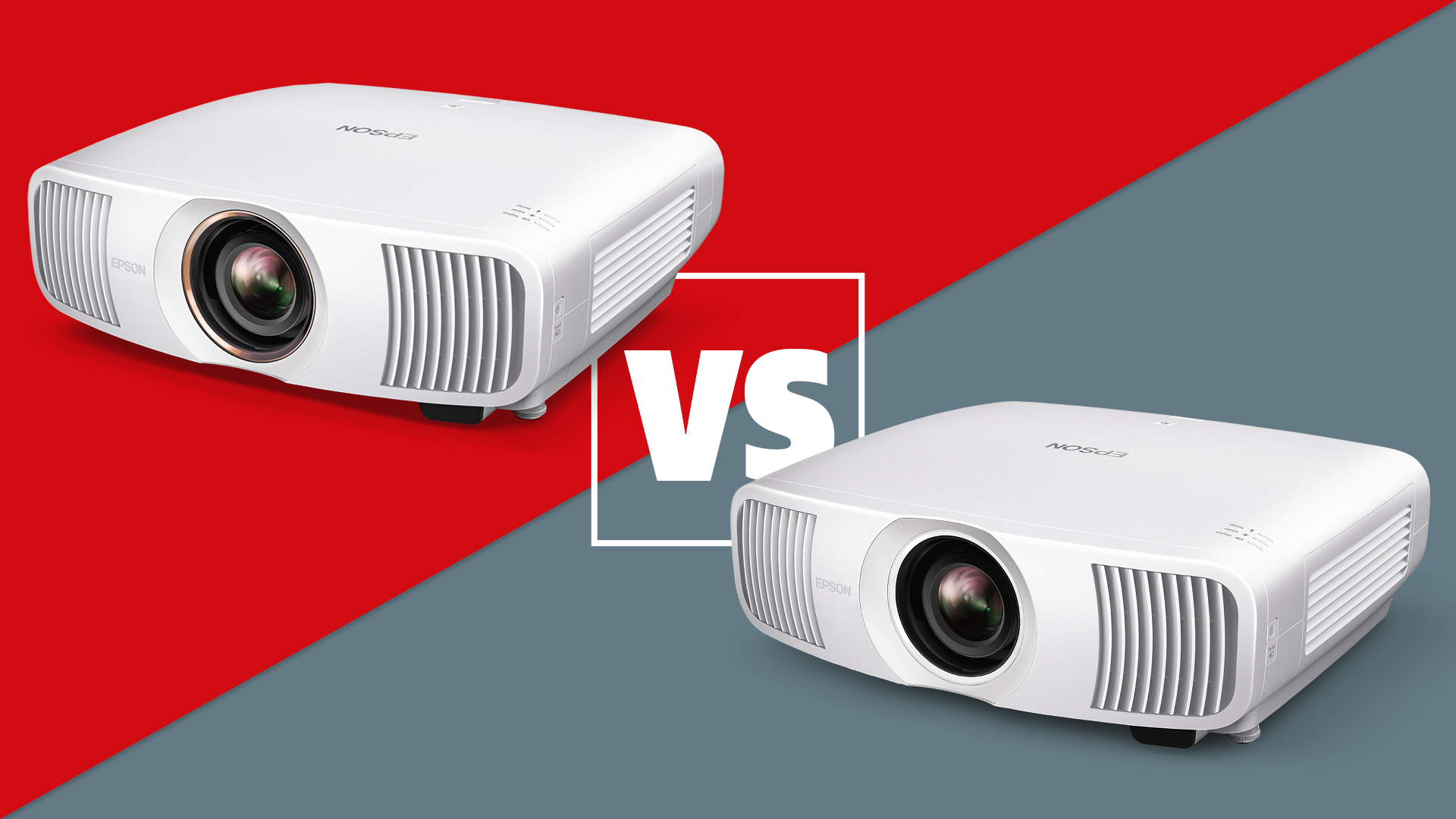I've seen House of the Dragon's darkness problem and it's inexcusable
Some TVs are struggling to cope with ultra-dark scenes
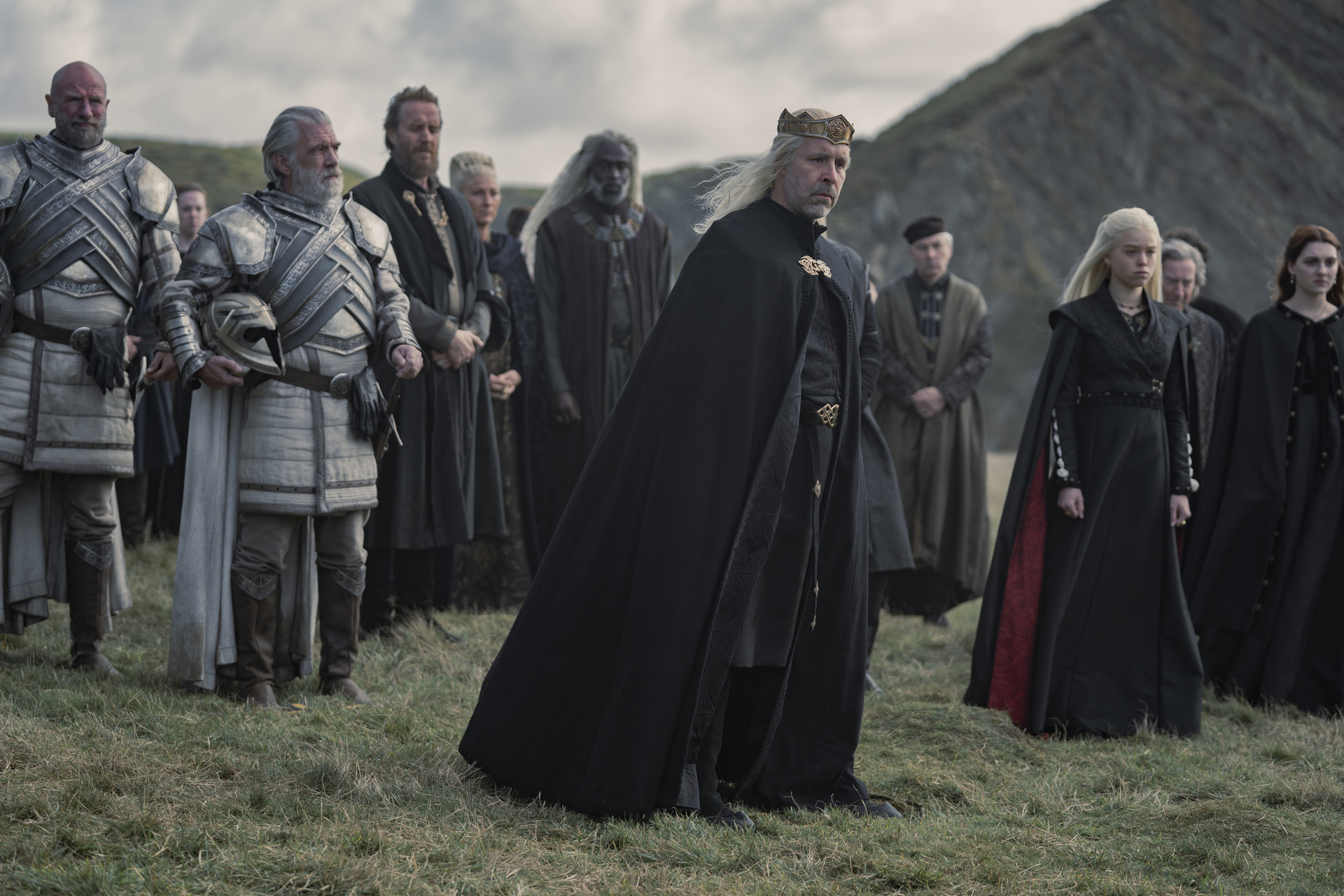
Oops, they did it again. Seemingly unperturbed by and, dare I say, unrepentant about the global furore that greeted the way Episode 3 of Season 8 of Game Of Thrones was so dark you literally couldn’t see what was happening on most TVs, the makers of prequel House Of The Dragon have gone and done exactly the same thing.
While it’s great that HOTD has, unlike Game Of Thrones, been widely available in 4K and HDR from the off, the show has still favoured seriously dark visuals compared with pretty much any other show right from the start. Things came to a head recently, though, with episode seven, where a number of scenes on a beach at night were so dark that it was either all but impossible to see what was happening on most TVs, or else it caused the backlight engines in even the most advanced LCD TVs to go into an ugly meltdown. The result being, in both cases, to throw viewers out of a show that relies on its immersive, you-can’t-afford-to-miss-a-thing world-building.
Pictures darker than industry recommendations – but is it intentional?
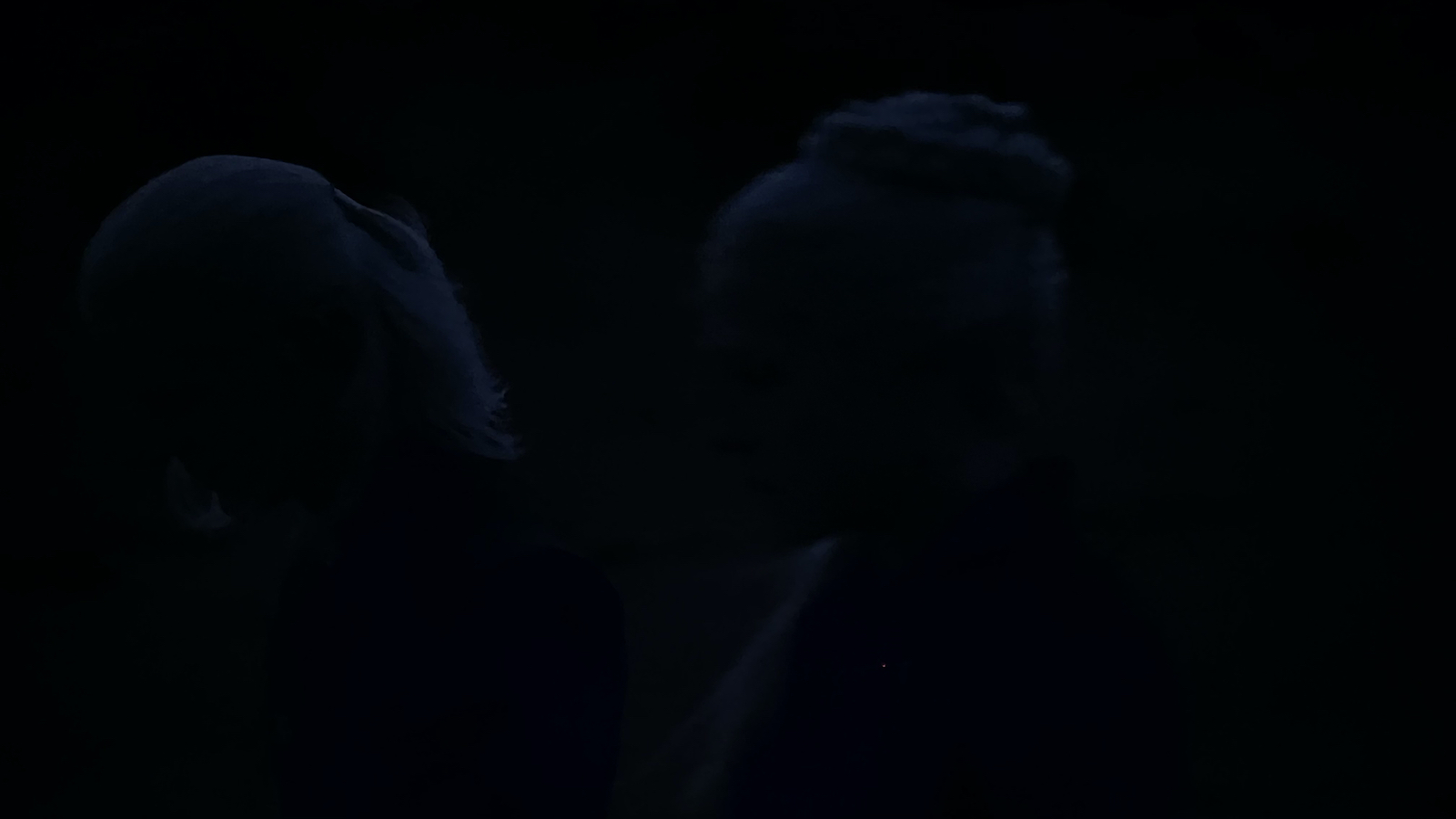
So problematic were these Episode 7 night beach sequences when viewed in HDR, in fact, that they prompted renowned TV tech YouTuber Vincent Teoh to actually measure their light output – and remarkably it turned out that they averaged just one nit. A figure so low, as Teoh pointed out, that it’s actually substantially darker than the 5-nit bias lighting setup recommended by industry bodies for ‘serious’ HDR viewing. This seems wilfully unreasonable and unnecessary.
The fact that the makers of Game of Thrones defended the infamous darkness of Game Of Thrones Season 8 Episode 3 with claims of creative intent and deliberately wanting to recreate the impenetrable chaos of a night-time battle suggests that the same situation cropping up in House Of The Dragon is neither accident nor unfortunate coincidence. In fact, the director of Episode 7 of the House Of The Dragon is none other than Miguel Sapochnik – the same (actually excellent) director responsible for GOT Season 8 Ep 3.
Given how the presentation of House Of The Dragon had already tried the patience of multiple members of my own household with the darkness of some of its scenes while watching the 4K HDR streams from a Sky Q box, as soon as I saw Sapochnik’s name appear at the start of HOTD Episode 7 I joked to my wife (I’m the life and soul at parties, obviously) that we should probably brace ourselves for not being able to make out what was happening – and it turned out I wasn’t wrong.
If a flagship Samsung TV can't cope with House of the Dragon, what chance do most 'normal' TVs have?
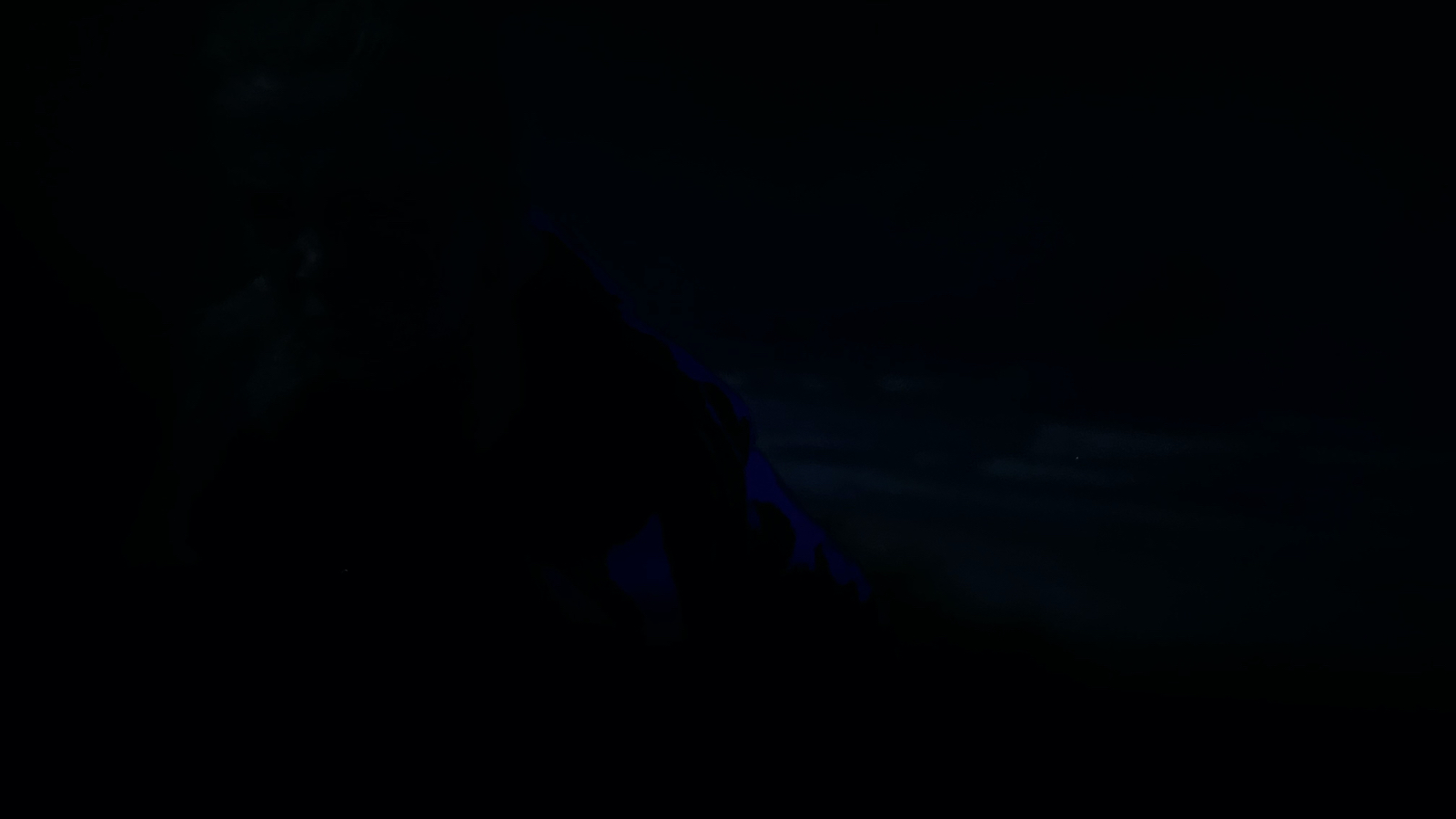
The extended ultra-dark sequences of this episode were the straw that broke the camel’s back for me, having been plagued on numerous occasions in previous episodes by the series’ presentation causing irritating backlight issues on my TV. Certain dark shades in the picture have glowed with a painfully unnatural blue hue, and the backlight has regularly succumbed to distractingly dramatic full-screen shifts in black level, or local dimming problems that see some parts of very dark shots going full black (as in, all lighting seems to be deactivated, with no discernible picture information) in some areas while suffering unexpected backlight blooming in others. All issues that I have never seen this TV suffer before with ANY OTHER TV SHOW. And I watch a lot of TV shows. Always in HDR where possible.
The specific TV in question is relevant here, too. It’s a Samsung QE75Q950TS: a flagship 8K LCD TV from 2020 that cost £7999 / $7500 / AUD$13499 at launch and is equipped with an outstanding LED lighting engine supported by 480 local dimming zones. Hardly some basic bargain basement model, in other words. Yet even this usually ultra-reliable beast of a TV was brought to its knees by House Of The Dragon’s obsession with darkness.
The latest hi-fi, home cinema and tech news, reviews, buying advice and deals, direct to your inbox.
It’s worth adding here that some of the issues described above, especially the blue glow problem, were actually at their worst while using the Q950TS’s Filmmaker Mode – a preset designed to present all source content as accurately as possible. The TV’s default Standard preset actually managed the issues better.
If even an ultra-expensive TV such as the Q950TS can be wrecked by House Of The Dragon’s mastering, of course, it’s not hard to imagine how bad the issues could get with the much less advanced mid-range and entry-level LCD TVs found in the vast majority of homes. Tales of people being able to see literally nothing but grey wash on their TVs with some GOT and HOTD shots and scenes are all too easy to believe.
Is an OLED TV the answer?
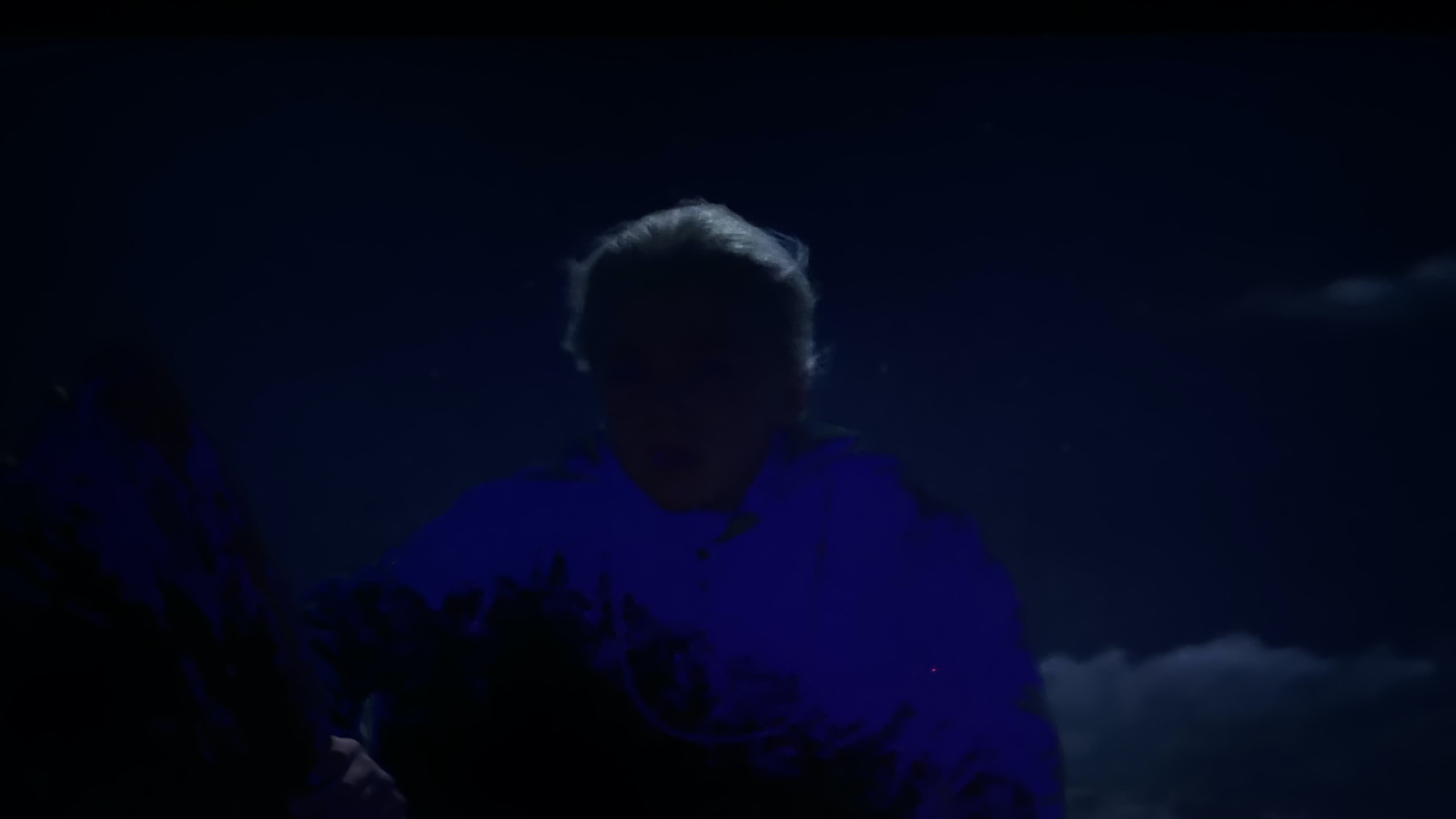
At this point it should be said that there may be owners of OLED rather than LCD TVs reading this article with a big grin on their faces, having been able to watch House Of the Dragon Episode 7 with no serious problems. Provided, anyway, that they’d made sure their room was in almost complete darkness. Being able to control the light output of every single pixel in an image in the way that OLED does certainly comes into its own with ultra-dark images such as the ones House Of The Dragon is now already infamous for.
As Vincent Teoh pointed out in his video, however, Episode 7’s beach scenes were so excessively dark that some OLED TVs – even OLED TVs that owners have paid hundreds of pounds to have professionally calibrated – may well have struggled to show them properly as well. In any case, though, it just doesn’t seem reasonable or fair to uniquely master House Of The Dragon in such a way that key parts of it can only be enjoyed (or even seen!) by people who have spent big on a single specific type of premium TV technology.
The SDR version actually looks better than HDR
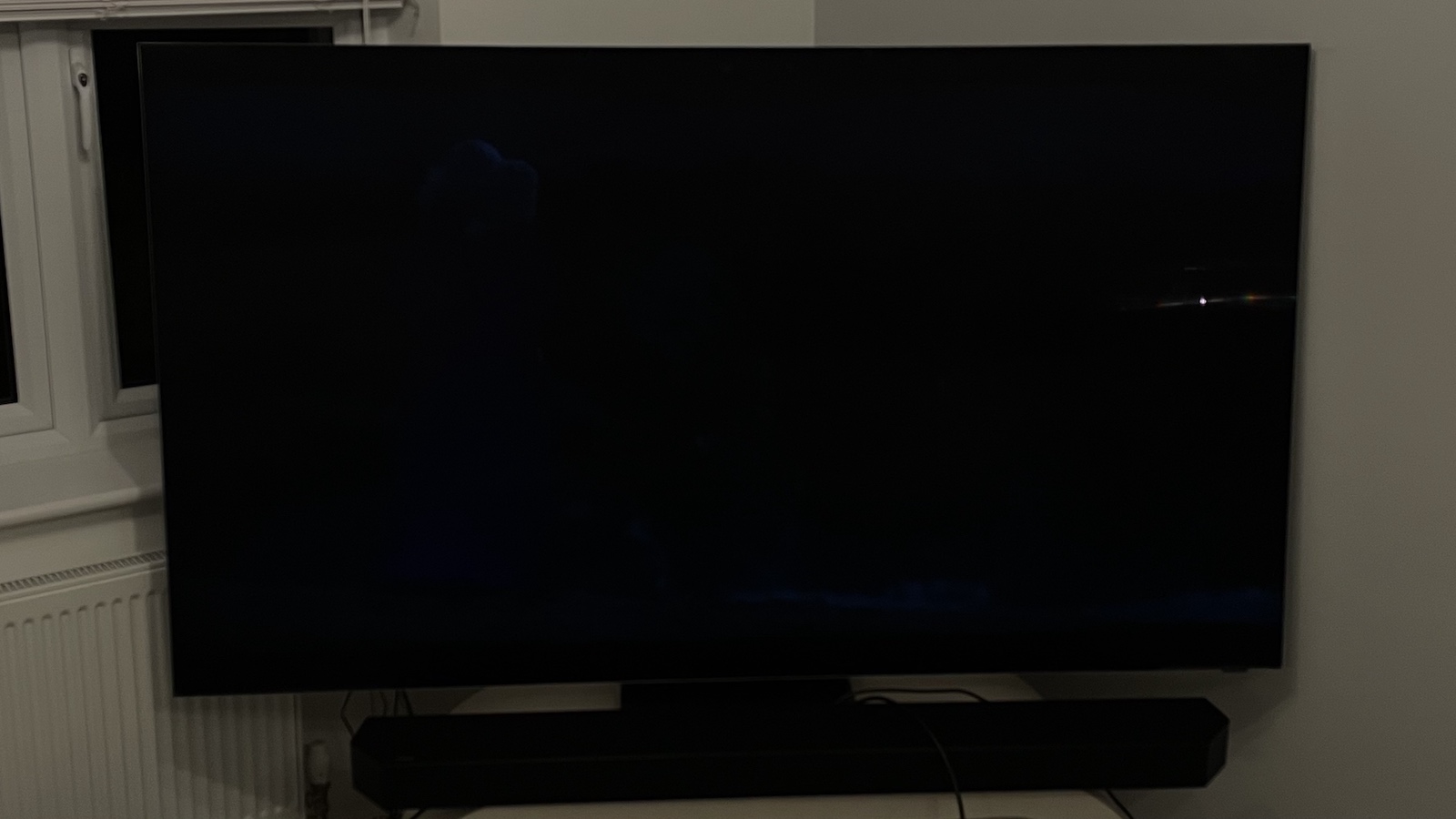
The ‘but it’s what the creator wanted, so we just need to deal with it’ argument will still be used by some AV fans to bail House Of The Dragon’s mastering out. And to be fair, to some extent this case is bolstered by the simple fact that Episode 3, Season 8 of Game Of Thrones looked far better balanced and more watchable when it appeared on 4K Blu-ray than it did during its disastrous original broadcasts.
In that case, though, the original broadcasts had taken place in standard dynamic range, and the feeling was that being able to deploy HDR for the 4K Blu-ray allowed that transfer to finally show the picture looking as it probably did in the mastering suite where it was created.
The fact that the 4K HDR broadcasts/streams of House Of The Dragon are now also proving hard to watch for so many households pretty much wipes out the ‘mastered for HDR, broadcast in SDR’ excuse advanced by some for Game Of Thrones’ too-dark presentation. In fact, bizarrely, on my Samsung TV the dark scenes in House Of The Dragon – and arguably the season as a whole, at least when it comes to consistency – look far better via Sky Q in the UK if I download the episodes in the UHD SDR versions Sky has thoughtfully made available.
Other people with different TVs are saying the same thing, too, so I definitely recommend that other Sky subscribers give this a go if they’re also struggling with the darkness. This is the first and hopefully last time I’ve ever found myself recommending that a studio-mastered HDR source is better watched in SDR.
So, what's the excuse?
With the (always unlikely sounding) ‘it was mastered in HDR and nobody thought about how it might look in SDR’ excuse pushed for Game Of Thrones not an option for House Of The Dragon’s obtuse HDR darkness, it feels like the only other excuses left are the difference in quality between mastering monitors and regular consumer TVs, and potential spanners thrown into the works by the broadcast and streaming parts of the AV ‘chain’.
Regarding the former possibility, a mastering suite will, of course, be equipped with a professional-grade mastering monitor costing tens of thousands of pounds that will be capable of producing pictures substantially beyond the capabilities of any consumer TV. While it’s fine to have a ‘reference’ master of a TV show or film designed for the very best professional displays, though, surely some heed needs to be given to the sort of displays actually out there in today’s real-world living rooms. I’ve seen mastering suites where actual consumer TVs are included alongside the pro mastering monitor so that some sort of real TV world analysis can take place, but on the evidence of what we’ve seen over the past couple of episodes in particular, it feels hard to believe that such a ‘reality check’ has taken place with House Of The Dragon.
It’s also the case that, from what I’ve seen of it, premium content mastering typically takes place in a very dark environment far removed from the light-drenched living rooms many regular folk watch TV in. While I don’t think it’s unreasonable, actually, for a show like House Of The Dragon to hope, even expect viewers to close their curtains and dim/turn off their lights when watching it, though, it doesn’t seem reasonable to make recreating the sort of controlled darkness found in mastering suites at home pretty much a viewing requirement to the extent House Of The Dragon does.
When it comes to something in the broadcast or streaming chain potentially messing the image look and values around, this is certainly a possibility. Especially if compression artefacts such as blocking and light fluctuations impact the way a show looks through a particular delivery medium. Compression, at least of the traditional sort, does not seem to be a major issue with the 4K HDR Sky downloads that have been troubling me and many other HOTD viewers in the UK, though. Also, the complaints about how impossibly dark HOTD looks have come from viewers across a wide range of platforms all around the world – at the same time that lots of other hugely popular shows with sky-high production values are generating nothing like the same sorts of complaints. So if HOTD’s HDR darkness problems really are down to distribution chain issues, you’ve got to think that more thought should have gone into this during the mastering process. After all, the creators of every other HDR show on TV seem to have figured this out and compensated for it.
Nothing in this article, finally, is intended to suggest that creators shouldn’t or aren’t entitled to take chances with the way their shows look. In fact, my interest in AV tech means I actually love to see shows that aren’t afraid to push the picture technology envelope. It seems to me, though, that there’s a big and important difference between mastering something so that only the finest, most cutting-edge TVs will be able to get the maximum benefit from it, and mastering something so that it will become flat-out unwatchable on the sort of TVs that most people can afford.
MORE:
Time for an upgrade then? Here are the best TVs
House of the Dragon is arguably even worse on Now
Check out our Sky Glass review
John Archer has written about TVs, projectors and other AV gear for, terrifyingly, nearly 30 years. Having started out with a brief but fun stint at Amiga Action magazine and then another brief, rather less fun stint working for Hansard in the Houses Of Parliament, he finally got into writing about AV kit properly at What Video and Home Cinema Choice magazines, eventually becoming Deputy Editor at the latter, before going freelance. As a freelancer John has covered AV technology for just about every tech magazine and website going, including Forbes, T3, TechRadar and Trusted Reviews. When not testing AV gear, John can usually be found gaming far more than is healthy for a middle-aged man, or at the gym trying and failing to make up for the amount of time he spends staring at screens.
